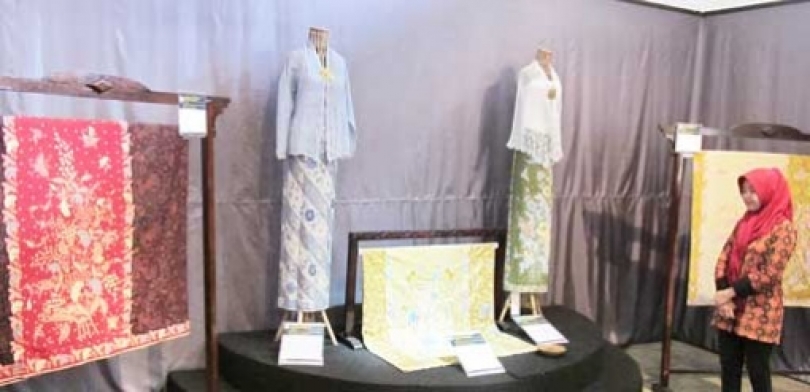Pekalongan: The city of batik and more

CENTRAL JAVA - The north coast of Java is dotted with old trading towns that are often overlooked by visitors to Indonesia.
One such town is Pekalongan in Central Java, known as the Batik City and home to some of Indonesia’s most sought-after batik.
Situated midway between Semarang and Surabaya, Pekalongan is a outstation of old Javanese charm mixed with cultures brought by traders in the 17th century — Arabs, Peranakan Chinese and the Dutch.
Every street seems to support a community of becak (three-wheeled pedicabs) drivers and street-food sellers, while tourists are still a rarity in this ethnically diverse city.
Not only had I never been to Pekalongan in my 20 years in Java, but going there was also an excuse to take the train — something I hadn’t attempted for a decade.
I have to say I was impressed; not only is it effortless to book tickets online and collect them at the station, but the long-distance executive trains run on time, are clean and comfortable and come complete with transportation police who keep a beady eye on travellers.
Pekalongan is first mentioned in chronicles dating back to the 12th century, when Chinese merchants of the Song dynasty first made contact and knew the city as Pukalong.
They describe the “King of Java” as living there and the local people wrapping their bodies in colorful woven cloth. This seems to confirm that the people of Pukalong were already making batik fabrics back in the 12th century.
Apparently, Pukalong was also reputed for its coconut wine. It’s a shame they have lost that tradition today; modern Pekalongan is a dry city, where the sale of alcohol is forbidden.
The Dutch East India Company, the VOC, arrived in the early 17th century and started to exploit Pekalongan for its agricultural products, focusing on sugar production, which later expanded into a major industry in the 19th century.
To subdue the natives the VOC built a large fort in the city in 1753, which still stands today. Being a fan of Dutch forts, I was keen to have a look, but when I located the building it turned out to be a fully functioning penitentiary.
RELATED
